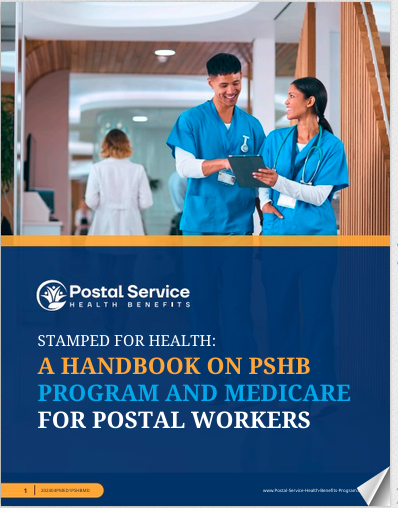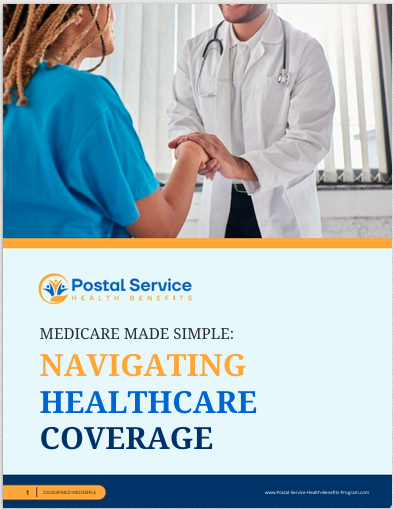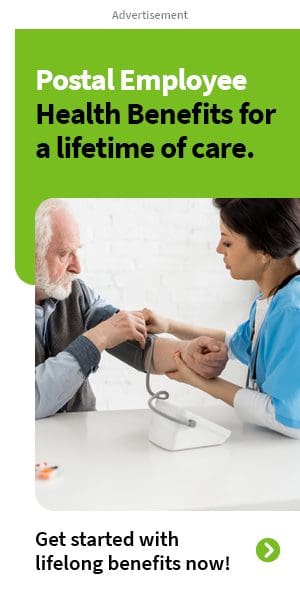Key Takeaways
-
Not all USPS retirees and employees automatically qualify for PSHB coverage in 2025; specific eligibility rules apply.
-
Your Medicare status, retirement date, and past FEHB enrollment history all impact whether you can continue health coverage under PSHB.
Understanding the Transition to PSHB
In 2025, the U.S. Postal Service officially transitions from the Federal Employees Health Benefits (FEHB) Program to the Postal Service Health Benefits (PSHB) Program. While this change affects all USPS employees and annuitants, it does not mean everyone is eligible or automatically enrolled. You need to review the PSHB program carefully and verify your status.
The PSHB Program is administered by the Office of Personnel Management (OPM) and is intended to provide similar—but separately managed—health insurance coverage tailored specifically for USPS members. The coverage begins January 1, 2025, and marks a significant shift in how postal employees and retirees receive their health insurance benefits.
Who Is Covered Under PSHB?
You may be covered under the PSHB Program if you are one of the following:
-
A current USPS employee enrolled in an FEHB plan as of December 31, 2024.
-
A USPS annuitant (retiree) who was enrolled in FEHB before January 1, 2025.
-
A family member who was covered under a USPS employee or retiree’s FEHB plan prior to the transition.
However, not every individual tied to USPS qualifies automatically. Eligibility also depends on factors like Medicare enrollment and your retirement date.
Medicare Part B Requirements
One of the most important changes for 2025 is the integration of Medicare Part B with PSHB coverage. This affects Medicare-eligible retirees and their family members.
If You’re Required to Enroll
You must enroll in Medicare Part B to maintain full PSHB coverage in 2025 if you meet the following conditions:
-
You are a Medicare-eligible annuitant or family member.
-
You retire after January 1, 2025.
Failure to enroll in Medicare Part B, when required, could result in the loss of certain PSHB benefits such as prescription drug coverage or lower cost-sharing.
Who’s Exempt?
You are not required to enroll in Medicare Part B to keep your PSHB coverage if you:
-
Retired on or before January 1, 2025.
-
Are actively working and not yet retired.
-
Are living overseas.
-
Are covered under VA benefits or Indian Health Services.
It’s still a good idea to compare your options and evaluate whether enrolling in Medicare Part B could lower your healthcare expenses, even if you’re exempt.
Automatic Enrollment and What to Expect
Many eligible USPS employees and retirees will be automatically enrolled in a corresponding PSHB plan in 2025. This applies only if you were enrolled in an FEHB plan as of the end of 2024.
Here’s what automatic enrollment means:
-
You’ll receive a notice identifying your new PSHB plan.
-
You can review your plan details during Open Season.
-
You can change to a different PSHB plan during the Open Season window.
The automatic process is designed to ensure there’s no lapse in your health coverage, but it does not guarantee the plan you’re assigned is the best fit for your needs. You’re encouraged to actively review your plan options.
Special Enrollment Period for Medicare Part B
In 2024, a Special Enrollment Period (SEP) was available for eligible USPS retirees and family members to sign up for Medicare Part B without penalty. This SEP ran from April 1 to September 30, 2024.
If you missed this opportunity and are now required to enroll in Part B for PSHB coverage, you may face late enrollment penalties. However, specific exceptions and appeals may be available depending on your situation.
Prescription Drug Coverage and Medicare Integration
In 2025, PSHB plans integrate Medicare Part D prescription drug coverage through an Employer Group Waiver Plan (EGWP) for those enrolled in Medicare.
Here’s what you can expect:
-
A $2,000 annual out-of-pocket cap on covered drugs.
-
A $35 monthly insulin cap.
-
A wider pharmacy network.
-
Elimination of the coverage gap (previously known as the “donut hole”).
If you opt out of this integrated drug plan, you could lose your PSHB prescription coverage entirely, and re-enrollment may be limited or unavailable.
Coverage for Family Members
Family member eligibility under PSHB continues much like it did under FEHB. You can cover your:
-
Spouse
-
Dependent children under age 26
-
Disabled adult children (if approved)
Each family member’s Medicare status may independently affect how your overall PSHB coverage works. If your spouse is Medicare-eligible but not enrolled in Part B, and you are required to enroll, this mismatch could affect your plan benefits or cost-sharing.
Common Misunderstandings About Eligibility
Many USPS retirees and employees assume they’ll be automatically covered or that past FEHB enrollment is enough to keep coverage. In 2025, some common misunderstandings include:
-
Thinking you’re eligible just because you retired from USPS — Your retirement date and Medicare enrollment play a big role.
-
Assuming Medicare Part B isn’t necessary — It may be mandatory depending on your situation.
-
Believing your FEHB plan continues unchanged — All USPS health coverage moves to PSHB, and you may be assigned a new plan.
Being proactive about your status and requirements is essential.
How to Confirm Your Eligibility
You can check your eligibility and current plan status by:
-
Reviewing any letters sent by OPM or the PSHB Navigator Help Line.
-
Visiting the official PSHB website for annuitants or employees.
-
Logging into LiteBlue (for employees) or KeepingPosted.org (for annuitants).
Do not assume your current coverage will continue as-is without confirmation.
Open Season Considerations
The 2025 Open Season occurs from November to December. During this period, you can:
-
Change your PSHB plan.
-
Add or remove family members.
-
Confirm Medicare integration details.
This window is your main opportunity to review your plan options and make changes. Outside of Open Season, changes are only allowed under Qualifying Life Events (QLEs).
What If You’re Not Eligible?
If you find that you are not eligible for PSHB, you may need to:
-
Explore individual coverage options on the marketplace.
-
Contact Medicare directly for your Part A, B, or D coverage details.
-
Evaluate private supplemental insurance if needed (without assuming PSHB benefits).
Being prepared with alternate plans can help you avoid gaps in coverage or unexpected costs.
Why It Matters to Stay Informed
The transition to PSHB isn’t just a formality. It brings:
-
Structural changes to health benefits management.
-
New cost-sharing rules.
-
Mandatory Medicare enrollment for some.
-
Changes to prescription drug coverage.
Understanding how all these changes affect you personally is vital. A passive approach could lead to costly mistakes or lapses in healthcare access.
Make Informed Decisions About Your PSHB Coverage
Whether you’re an active USPS employee nearing retirement or a long-time annuitant, the PSHB transition affects your health coverage in 2025. You need to confirm your eligibility, understand your Medicare requirements, and make any plan changes during Open Season.
If you’re unsure about your status or next steps, it’s a smart move to speak with a licensed agent listed on this website who can offer personalized guidance and help you understand your options.







